" images courtesy http://tillackco.com/ Two things in Motorsport go together particularly beautifully: Targa Florio and Porsche. The long defunct, fatally dangerous and aesthetically beautiful Sicilian endurance race may have gone the way of the Dodo as far back as 1977, "

Targa Tasmania
Images © Copyright Edge Photographics, 2011.
It felt a little like the end of the world. The road ran straight though the blackened earth and charred tree stumps left on the bleak, high moorland by wildfires. But there was no chance of reignition; the sky was a leaden grey and sent whips of wind and rain across the black-and-white landscape.
It wasn’t the end of the world, but it is very nearly the end of the earth: Tasmania, home to some of the world’s greatest driving roads, made great not least by their unworldly setting. And the car seemed utterly appropriate: a Porsche 911 GTS. In white with its black detailing – wheels, exhaust tips – it fitted right into the stark monochrome scene. And I’ve always thought that when the apocalypse does come, the Porsche’s insuperable mechanical toughness means that only cockroaches and the 911 will remain.
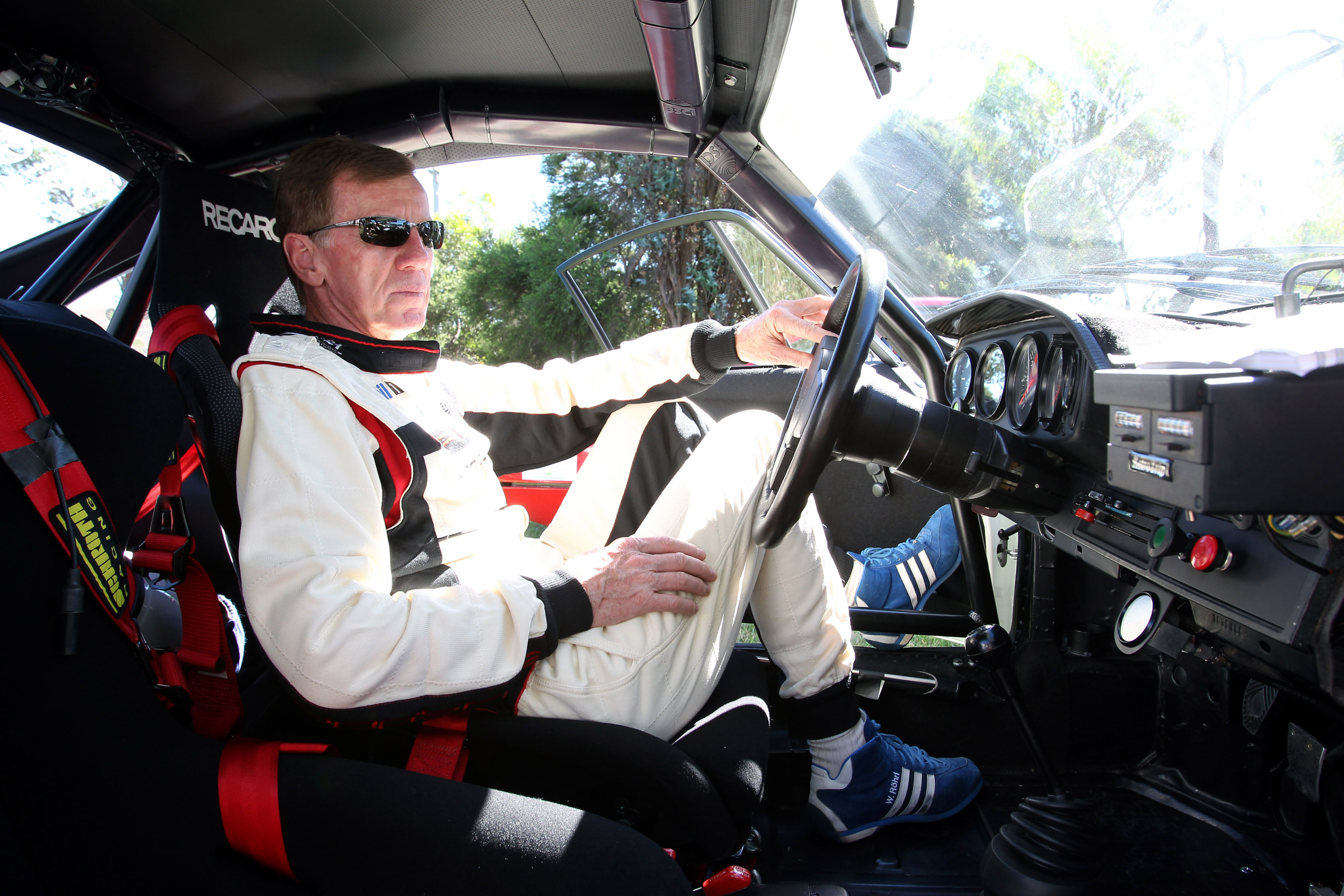
“Tell us the history of the 911,” said the editor, “and its importance to car culture.” In 800 words? I nearly declined the commission. You need a three-volume opus to attempt that; not a short article. The 911 has such longevity, so many iterations and so many devotees that any attempt to summarize it is going to have to play very fast and loose with history, and is guaranteed to invoke someone’s ire.
But I’d just got back from the Targa Tasmania, where I’d had a graphic demonstration of the three reasons why this decades-old, wilfully idiosyncratic design has become one of the very few cars that deserves the ‘icon’ status that lazy motoring journalists like to apply to lesser models that have been with us for mere minutes by comparison with the 911’s near half-century.
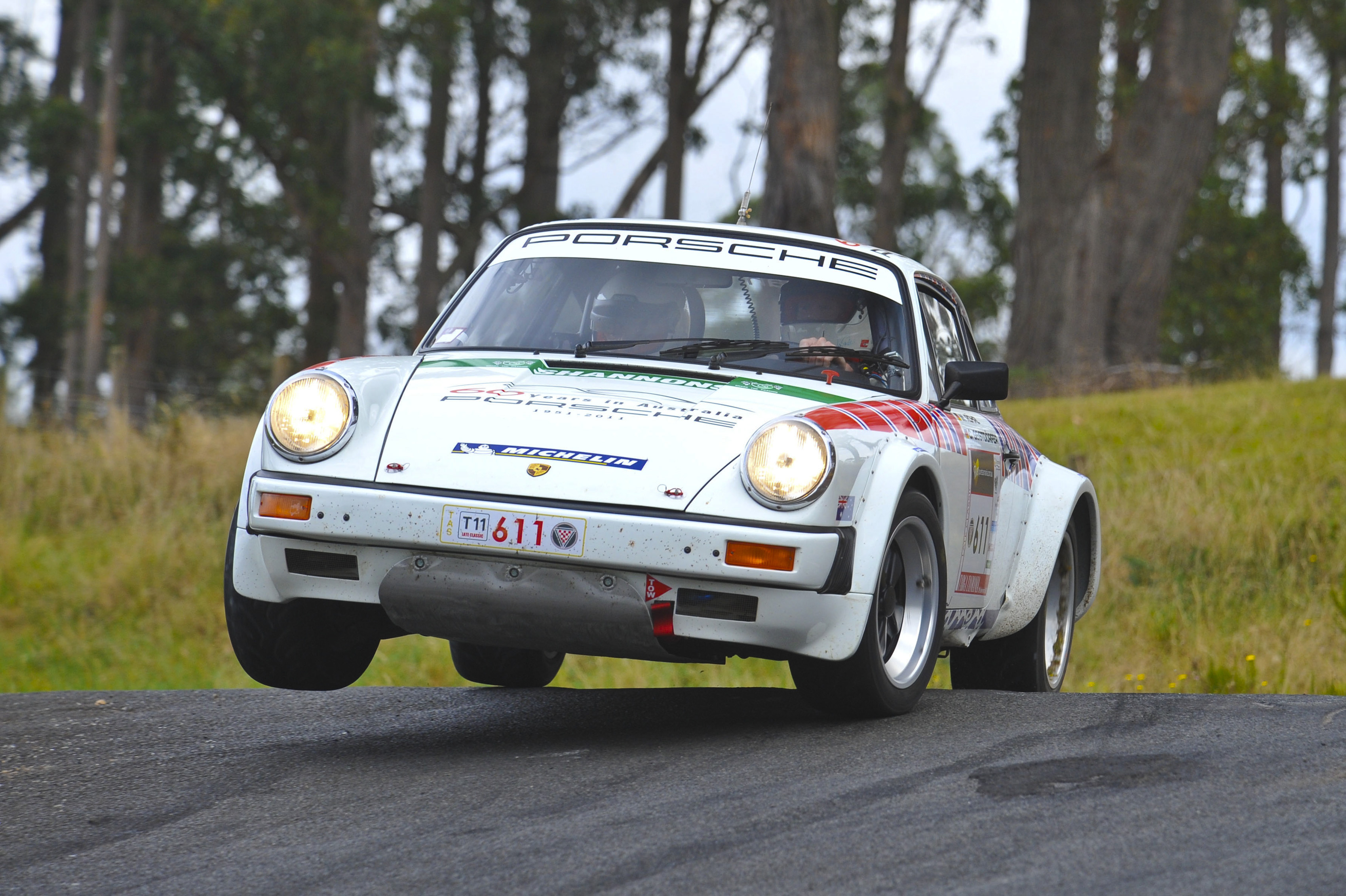
The Targa Tasmania, if you’re not familiar with it, is an annual five-day, 1200-mile road rally and crash-fest. The rules are pretty loose. There are lots of categories, but the most important are the awards for the fastest classic and modern car. Your car needs to have been on sale at some point and in some form; you need safety kit and are fairly free to tune it. For an entry fee of around £3500 you get to drive flat-out over closed sections of the island’s stupendous roads, with everything from dizzying series of cambered switchbacks running up the sides of mountains to terrifying 170mph straights over the blackened moors.
So, those three reasons. First, the toughness. In the classic section, Rex Broadbent won for the fifth time in a row in his ’74 RS. Rex rarely races; his technique is to start slow and break himself in gently, and allow the front-running vintage Aussie muscle cars with hundreds more horsepower to break, while he relies on the 911’s reliability to win. He says that between Targas he just changes the pads and wipes the car over.
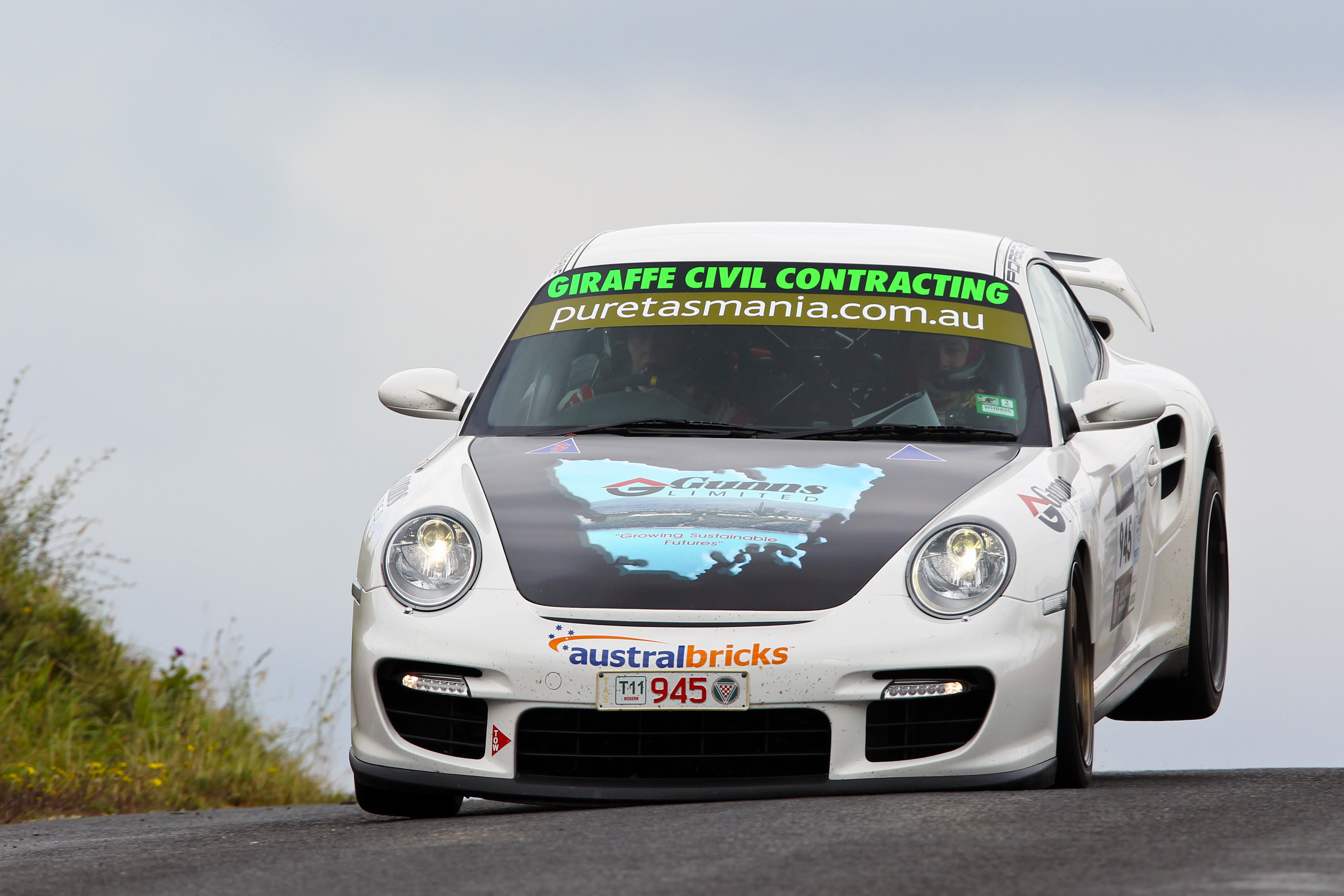
Not that Rex isn’t quick; by day four he was blistering. But he wasn’t as fast as double World Rally Champion Walter Rohrl, who was competing in the 1981 911SC he drove in that year’s San Remo rally. Rohrl – the driver’s driver, one of the most versatile and naturally gifted ever to compete – was busy demonstrating Reason Two.
With the engine at the back, the 911’s endless list of race and rally wins have been victories over physics as much as the competition. But that’s part of the appeal. Modern 911s are a whole lot more predictable than the early cars, but you still need to be good to drive one quickly.
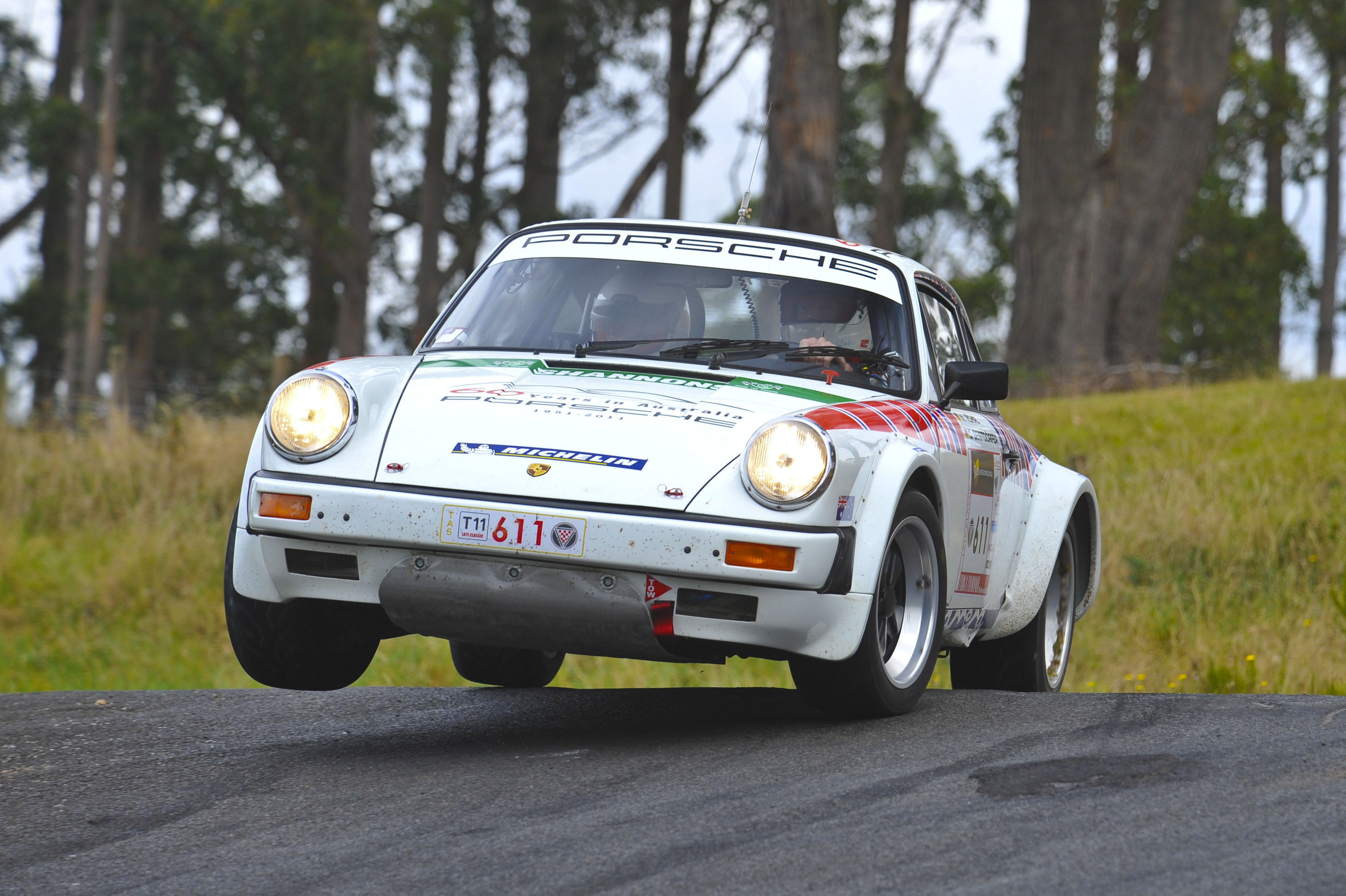
You’ll never be as good as Walter, who just looked 20 per cent faster than everyone else through the bends and the rain despite a museum-piece car without the modern modifications of its ‘classic’ rivals. But you’ll want to try; unlike almost-sentient modern sports cars like the Nissan GT-R, the 911 doesn’t reduce the driver to the slowest, stupidest link in the chain, and it at least helps with about the best brakes and steering and gearchange you’ll find.
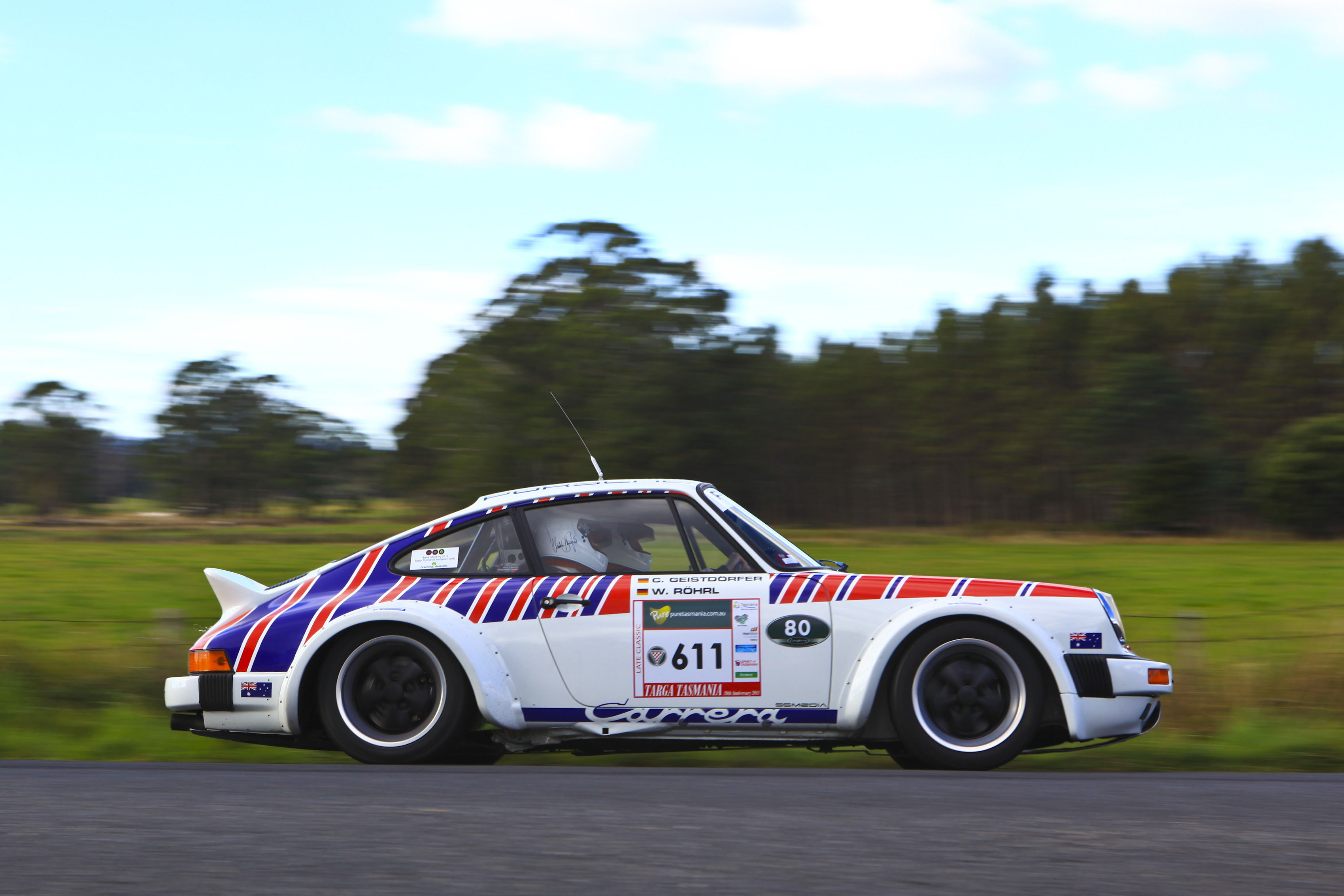
Reason Three was in the Targa’s modern section. I was pretty pleased to be chasing the race in the 402bhp, wide-bodied, rear-drive GTS, which we thought might be the final version (and one of the best) of this generation of 911 before the new one arrives, probably at the Frankfurt show in September.
But no. Porsche has managed to fit two more new derivatives into the few months between the GTS appearing, and the start of the Targa Tasmania. Aussie racing legend Jim Richards is 63 and has won the Bathurst 1000 seven times and the Targa eight, and is racing one of those two new cars, the insane 620bhp GT2 RS. Six hundred and twenty horsepower. In a 911 with number plates, which you can (in theory) wander into a Porsche dealership and buy.
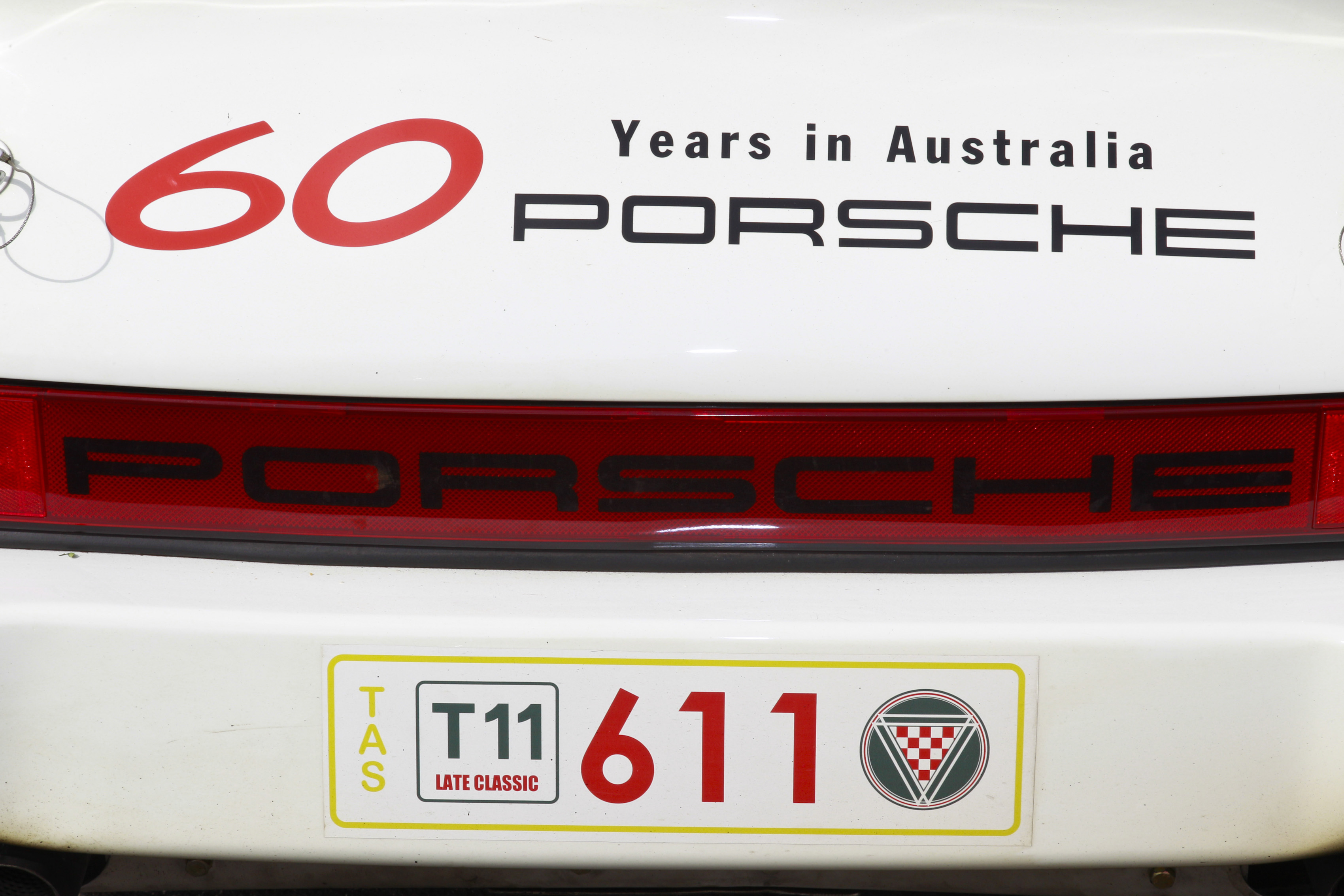
That reason? That the 911 is a triumph of development over design, and it’s astonishing how much performance Porsche continues to pull from an unpromising basic concept. Once, it worried that its odd-looking rear engined sports car might have run its race, and it commissioned the front-engined 928 as a replacement. The 928 was a fine car, but the 911 kept getting better. Porsche won’t make that mistake again, and the new 911 it reveals later this year will just be another development of the same simple theme.
CLICK TO ENLARGE









